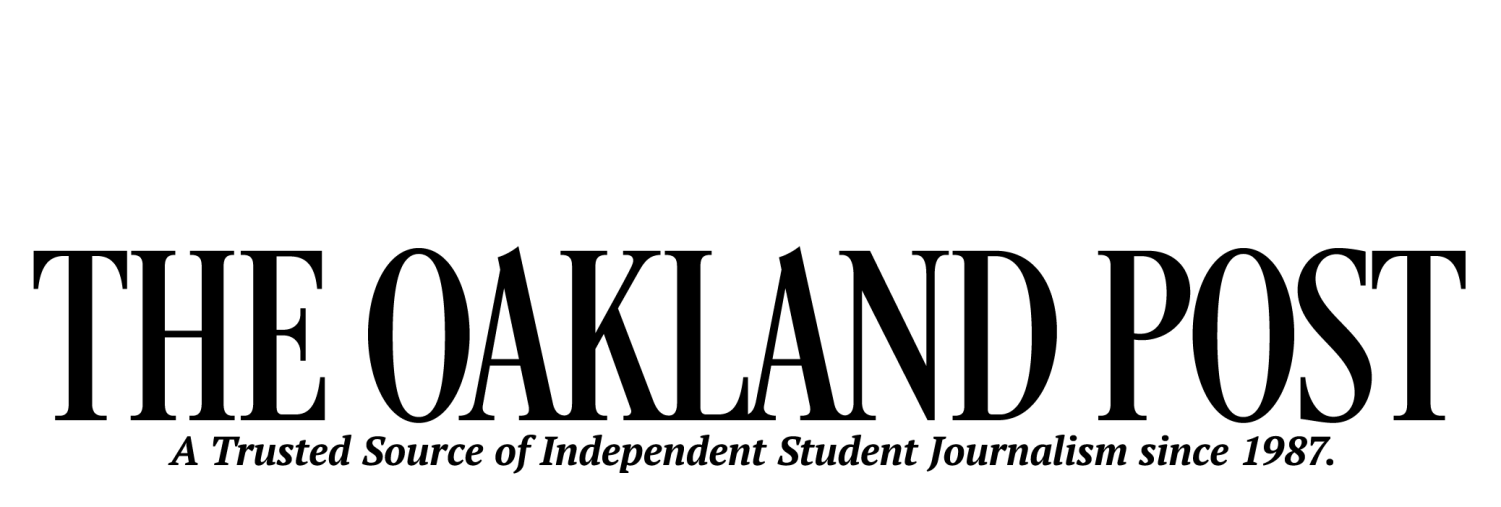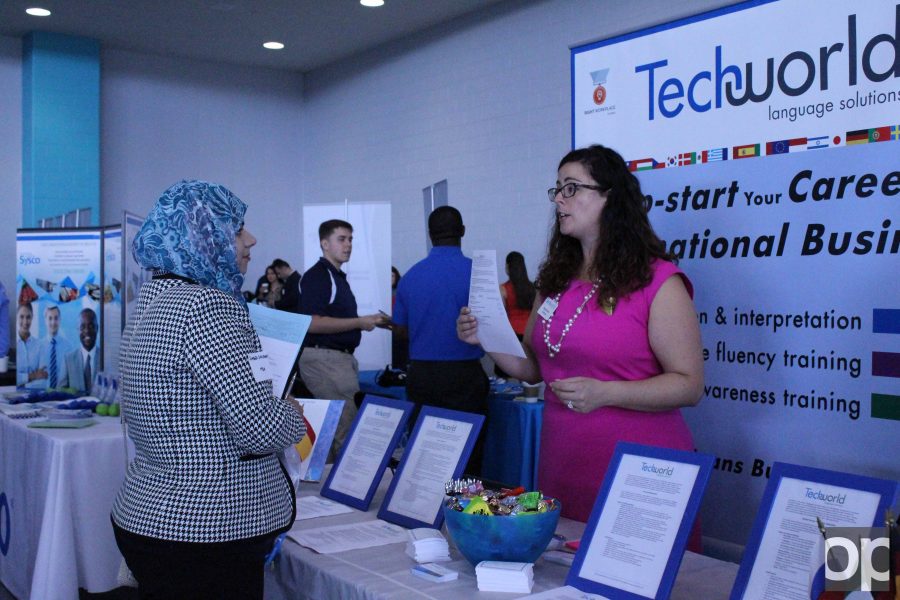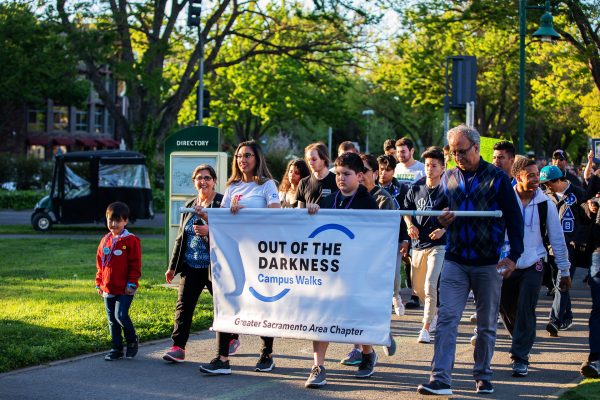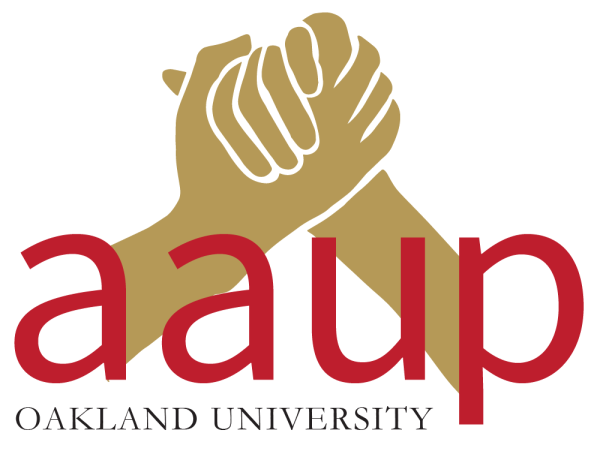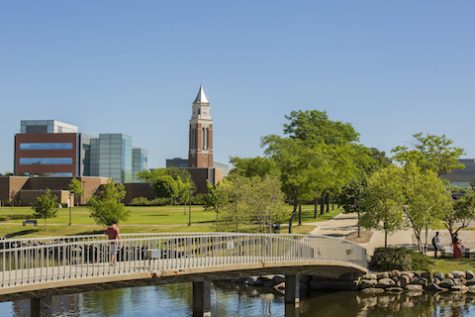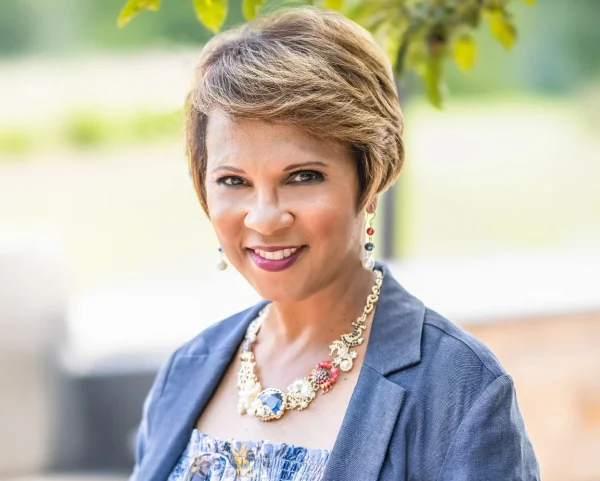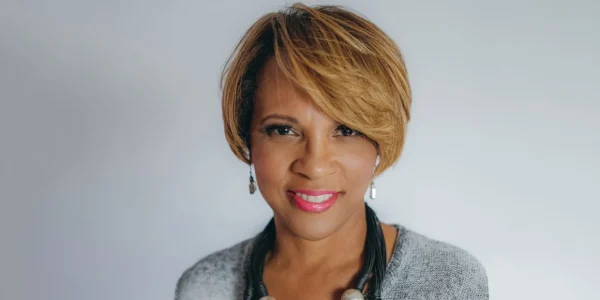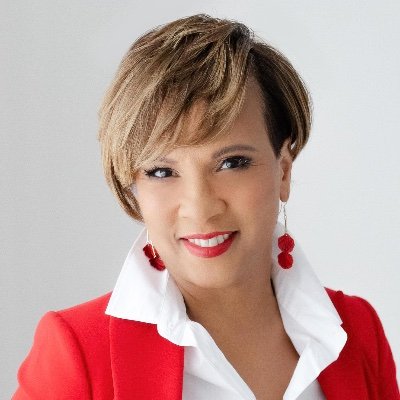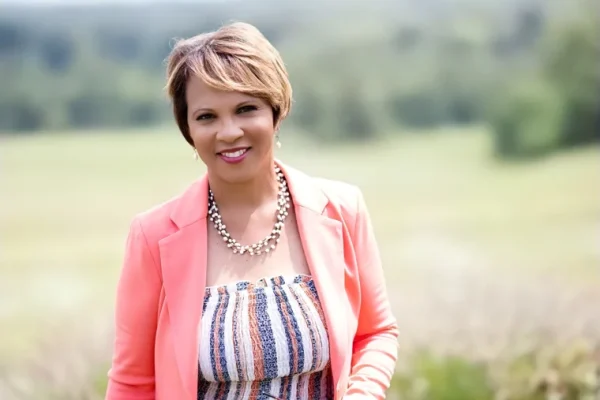How to prepare for the fall career fair
Oakland University arranges career fairs for students to socialize with professionals and make connections for their future careers.
Career Services is hosting their annual fall career fair, connecting over 140 companies with Oakland University students.
Located in the Oakland Center, employers will be looking for CAS and business students on Sept. 26 and STEM students on Sept. 27.
While the prospect of suiting up and meeting with employers can be intimidating, career consultant Carol Anne Ketelsen shared some advice on how to be prepared for the fair. To avoid being a “trick-or-treater” meaning bouncing between tables collecting business cards and pens without a goal in mind, she recommends that students prepare themselves.
“The last thing you want to do at a career fair is to go up and shake hands with somebody and say, ‘Hi, what does your company do?’” Ketelsen said.
The first thing students can do is go to their MySail and log into Handshake. Handshake draws from a user’s academic and job experiences to connect them with companies looking for their skills. All OU students have an account, but it can only be used if students log into Handshake and activate their accounts. Students looking to go to the fair can find a full list of employers on Handshake.
While being on time is encouraged, Ketelsen says showing up closer to 10 a.m. is better than showing up closer to 2 p.m.
“Earlier is usually better, because then the employers are still pretty fresh,” Ketelsen said. “When we get towards 1:30, they’re dragging. If you come in at a quarter to two, I can tell you that if they’re not physically packing up, their brain is already packing up.”
When meeting in person, first impressions matter, so Ketelsen says to dress up. While a button-up shirt and dress slacks will pass, she strongly suggests attendees to dress professionally. There will be a backpack dumping area at the fair so students can stand and walk properly.
Ketelsen also encourages students to work on their elevator pitch—a quick self-promotion pitch to a potential employer. With the amount of people each representative will see at the fair, it helps to have a pitch ready.
“You would give them your name, you would do the hand shake, you want to tell them what your major is, a little bit about what you’re looking for and what your skills are,” Ketelsen explained.
But elevator pitches are no good on their own, so Ketelsen says to have plenty of resumes to hand out. Students should also take notes when speaking with employers.
Jonathan Savich, public relations career ambassador for Career Services, encourages that students follow up after the career fair, when students will have collected a variety of business cards and notes.
“Students should take all the resources they got and look up the companies that they talked with, apply for the positions and if they got to know one of the recruiters well enough, send them a thank you email,” Savich said.
There will be another career fair in January, and students are encouraged to work with Career Services in the meantime. Career Services offers students help with deciding what career paths they want to go down, writing and revising cover letters and resumes, strategies on how to find jobs related to their majors and setting up mock interviews.
